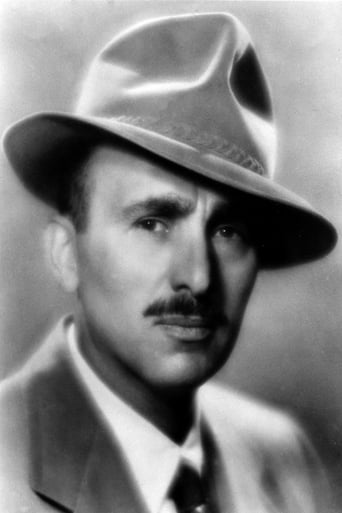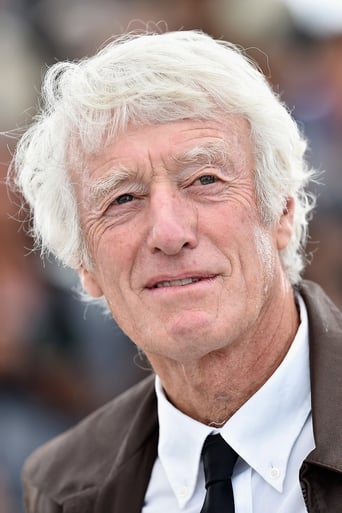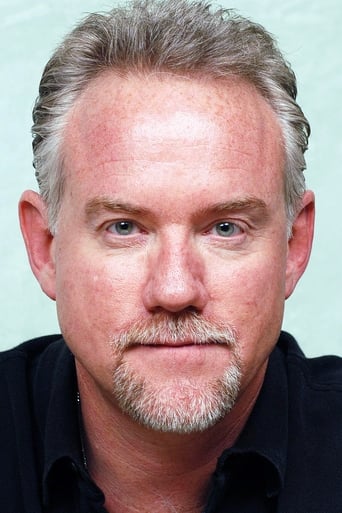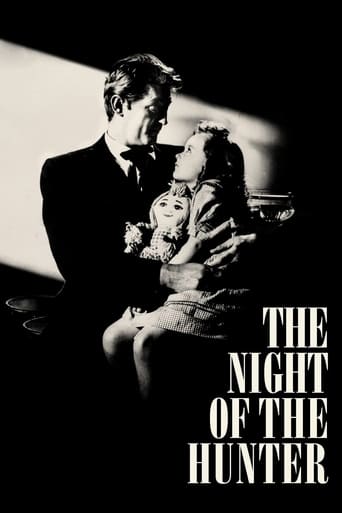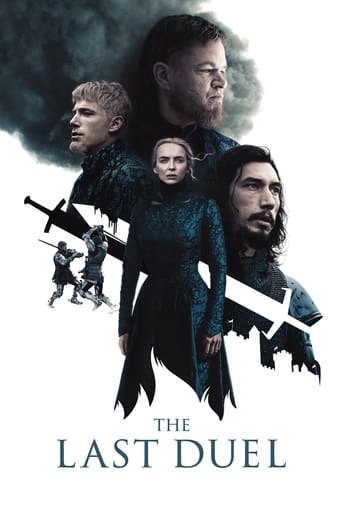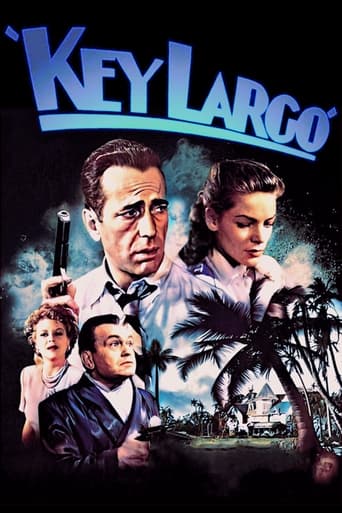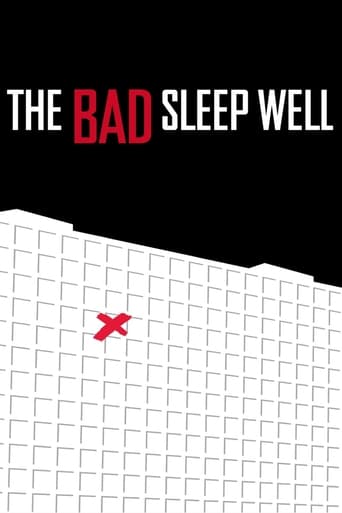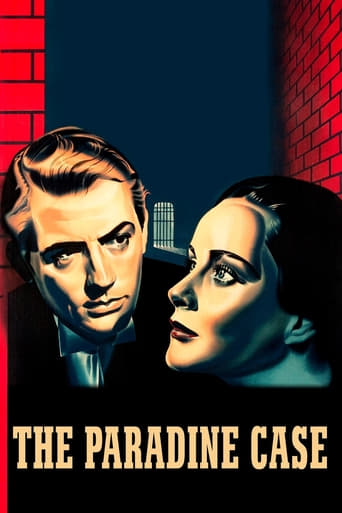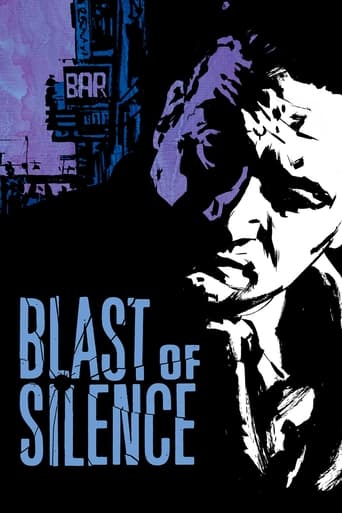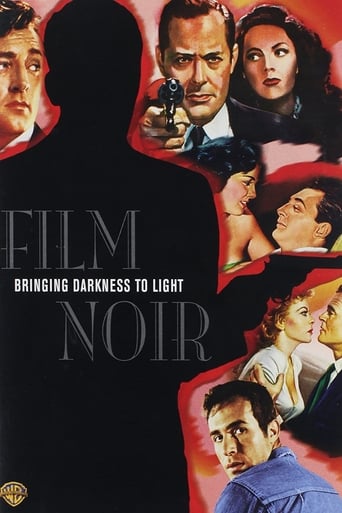

Film Noir: Bringing Darkness to Light (2006)
Film Noir burrows into the mind; it's disorienting, intriguing and enthralling. Noir brings us into a gritty underworld of lush morbidity, providing intimate peeks at its tough, scheming dames, mischievous misfits and flawed men - all caught in the wicked web of a twisted fate.
Watch Trailer
Cast
Similar titles
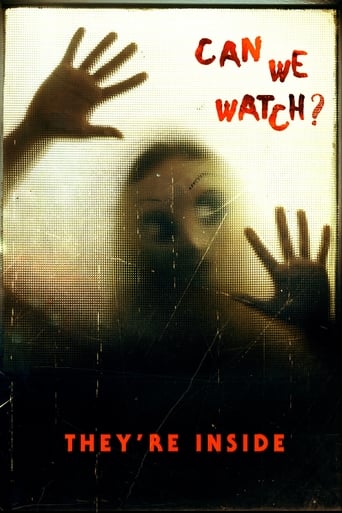
Reviews
The performances transcend the film's tropes, grounding it in characters that feel more complete than this subgenre often produces.
I cannot think of one single thing that I would change about this film. The acting is incomparable, the directing deft, and the writing poignantly brilliant.
The film creates a perfect balance between action and depth of basic needs, in the midst of an infertile atmosphere.
The film's masterful storytelling did its job. The message was clear. No need to overdo.
There is always a lot of discussion about what comprises a film noir. This documentary, Film Noir: Bringing Darkness into Light, breaks down the various components and interviews directors, cinematographers, and actors about the various elements.The femme fatale, the light and shadows, the idea of fate, the ending, the complex male, the sexual symbolism - everything is discussed, using clips from "Out of the Past," "Murder, My Sweet," "The Letter," "Asphalt Jungle," "Clash by Night," "Born to Kill," "White Heat," "Detour," and many others.The documentary discusses what was the first film noir, the last, the societal influences that brought it about, why it died out, and why it returned. Absolutely fascinating.For me, "Out of the Past" is the ultimate noir, and Robert Mitchum the ultimate noir star. Others include Robert Ryan, Kirk Douglas, Sterling Hayden. Among the females, Jane Greer, Audrey Totter, Lizabeth Scott, Jean Gille, Stanwyck, Claire Trevor.Don't miss this trip through film noir. It's great.
It's always interesting to hear knowledgeable talking heads, using clips from half a dozen or so films, try to define what "film noir" means. Those wretched French are at it again, confusing the rest of us.But these guys ought to know what they're talking about. And I'm only kidding about the French, who first identified and named the genre. Bernard Tavernier is one of the heads, as far as that goes. Without the enthusiastic fellows at Cahiers du Cinema we might still be talking about "detective movies" or "murder mysteries" or something.It's quite a challenge, actually, defining film noir. No SINGLE element seems either necessary nor sufficient. Darkness, mystery, murder, a treacherous femme fatal? That's a Charlie Chan movie.This documentary is split up into sections with independent headers or chapters. "Strange Angles", for instance. I didn't count them but there are six or seven probably. No element described in these chapters defines film noir but when you put them all together you have a reasonably clear idea of what's up, though some graininess remains in the image.The talking heads are an impressive lot and they cover a lot of territory, including the question of just when films noir began and where their sometimes striking imagery originated. The consensus: they probably began with Fritz Lang's "M" and came out of UFA. The definitions range from James Ellroy's succinct, "Film noir means you're (the past tense of the F bomb)" to Paul Schrader's more thoughtful and articulate mental meanderings.It's too bad that clips aren't shown from more than a handful of exemplary movies. If "M" was one of the first, it would have been interesting to see a clip from "M' that illustrates the reasons behind that logic. Instead, there are multiple clips from "Out of the Past", "Murder My Sweet," and "On Dangerous Ground" -- admittedly icons but a lot is being left out. And there's nothing at all from so-called "neo noirs" like "Chinatown" or "Farewell, My Lovely," which illustrate some of the elements better than older flicks. The particular choice of exemplars looks a little like promotion to me because -- I'm not sure about this -- most or all of the movies we see having been issued as parts of boxed sets. I hope I'm wrong because that would turn it into 68 minutes of what, as kids, we used to call "Coming Attractions."
This DVD compilation of various '40s-'50s movie clips that explore dark themes culled from M-G-M, RKO, and Warner Bros. (since Warners and/or Turner own the films they're from) explores, from multiple viewpoints, the impact Film Noir has had on future filmmakers and the world at large. Among the people interviewed: the departed like Edward Dmytryk, Jane Greer, and Sydney Pollack (as of last week). Also Brian Hegeland, James Ellroy, Paul Schrader, and Frank Miller among others. They talk about music, the men, and, of course, the fem fatale. And they talk about films outside of the library that have no clips shown (such as Paramount's Double Indemnity). Many of them are clips of movies I've yet to see so there's a lot of curiosity on my part to check them out. Of course, that may take a while so it may be a long time before I comment here on them. Stay tuned...
Bringing Darkness to Light is one of the most in-depth looks at Film Noir that has been made. The production team dug deep into the vaults for the miles of clip footage. And it is great to see scholars and stars debate what film noir even is. To this day some people refuse to call it a genre. Well, this well-done intelligent documentary lets the art-form speak for itself. The doc is part of B rate films - but still a collection worth the clams if you consider yourself a Noir buff. Besides, the James Ellroy interview is worth all the bucks in-tself. Buy it now and enjoy; Film Noir Vol 3 from Warner Bros. (The Keepers of the Past)
